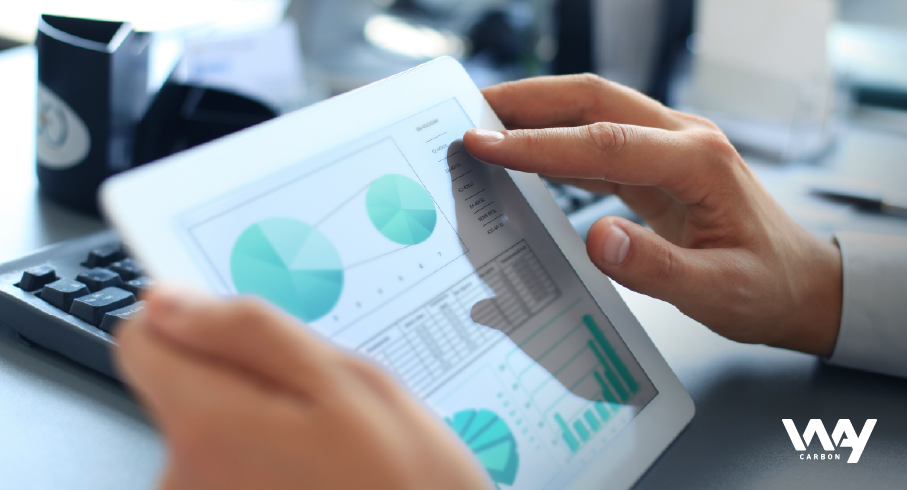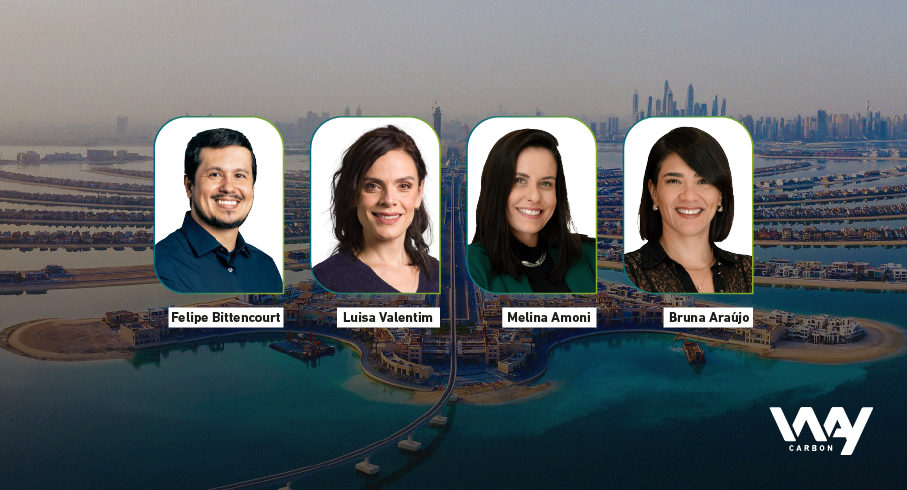Interview: Órigo Energia and avoided emissions
The energy sector poses a global challenge to countries and companies in the transition to a low-carbon economy. According to the WRI, the energy sector has been the world’s largest emitter of greenhouse gases since records began in 1990. This includes electricity and heat generation, as well as end uses in buildings, transportation, manufacturing, and construction. However, there are signs of change: an International Energy Agency (IEA) 2023 report suggests that renewable energy could overtake coal as the largest source of electricity generation for the first time as early as 2024.
In response to this context, Órigo Energia has been developing renewable energy solutions and projects since 2010, actively contributing to the decarbonization of the Brazilian electricity matrix. A signatory of the UN Global Compact, a partner of the Ethos Institute, and internationally certified as a B Corporation for its commitment to social and environmental impact, Órigo Energia serves around 80,000 customers in the regions of Minas Gerais, Mato Grosso do Sul, Pernambuco, Ceará, São Paulo, and the Federal District.
As part of its commitment to the climate agenda, the company sought to understand and identify the best methodology for calculating the avoided emissions from 2017 to 2022 for its operational solar farms. Measuring the impact of emissions reductions aims to provide accurate knowledge of the scale of the climate challenge and the results and impacts of actions to address it, enabling the development and management of mitigation strategies. It also contributes to more transparent and effective communication with stakeholders such as customers and investors.
To this end, Órigo sought the advisory assistance of WayCarbon. Carolina Sierra, ESG & Brand Director at Órigo, spoke on the blog about the process, the role of the energy sector in the climate agenda, and the key results of the collaboration.
1.What were Órigo’s challenges in finding WayCarbon?
We were looking for carbon management specialists to support us based on international methodologies. The goal was to calculate our avoided carbon emissions from our renewable energy generation activities, taking into account the specificities of the Brazilian energy scenario and Órigo Energia’s business model, which pioneered and is now a leader in the distributed generation sector in Brazil.
2. What were the main results of the work from Órigo’s perspective?
WayCarbon’s study resulted in the recommendation of an international methodology for accounting for the avoided greenhouse gas emissions, addressing emission factors and selecting corresponding weights, taking into account the specificities of the Brazilian energy scenario and Órigo’s business segment (distributed generation).
In addition to providing specialized technical support to define the methodology applicable to our reality, WayCarbon calculated Órigo Energia’s avoided carbon emissions year by year, from the start of the operation of our solar farms, and developed a customized tool for Órigo’s internal team to continue managing this indicator. The tool allows the calculation of avoided carbon emissions per solar farm per year and even per month of energy production.
3. What was the experience of working with WayCarbon like?
The WayCarbon team engaged in discussions with our international investors interested in the topic. They also supported internal discussions with Órigo’s ESG team on the applicable international standards and approaches established by the UNFCCC and the GHG Protocol, presenting findings and directions with a high level of expertise.
4. How do you see the role of the energy sector in the fight against climate change?
We understand that the electrical sector plays a crucial role in mitigating climate change, as studies indicate a growing trend in global energy demand. Specifically considering the Brazilian scenario, despite a significant percentage of energy coming from renewable sources, our energy matrix is mainly composed of hydroelectric sources and, in times of water scarcity, requires the activation of thermoelectric plants, which are major carbon emitters.
We therefore believe it is the role of energy generating companies in Brazil to promote the diversification of the National Interconnected System (SIN) by generating energy from different renewable sources. Órigo Energia is proud to contribute to this diversification with over 80 solar farms in more than 5 Brazilian states.
5. What are Órigo’s next steps in the sustainability agenda?
Órigo Energia’s core business directly contributes to the climate agenda, in line with the United Nations Sustainable Development Goals (SDGs), particularly SDG 07 (Affordable and Clean Energy), SDG 11 (Sustainable Cities and Communities), and SDG 13 (Climate Action). In 2023, we began structuring our greenhouse gas (GHG) inventory to better understand the scope of our greenhouse gas (GHG) emissions. We will then work on opportunities to mitigate and offset emissions that cannot be avoided.
To learn more, please visit: www.origoenergia.com.br








